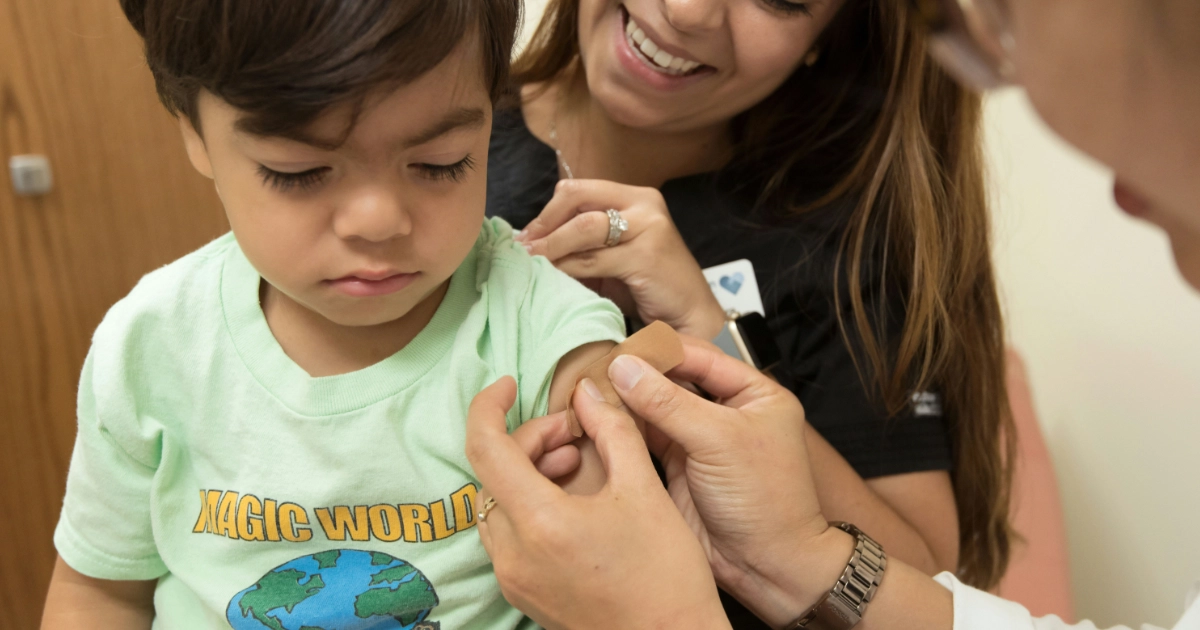The project, which started in 2021, aims to expand preventive, community – and social space-oriented child protection to strengthen families and improve the living conditions of minors and their parents in Carinthia. The project is oriented towards the corresponding reference implementations in NRW/Germany and Vorarlberg/Austria.
With prevention chains – or integrated municipal strategies – regions, cities, and municipalities develop a concept for action for comprehensive health promotion and prevention, which extends continuously over the different phases of childhood and adolescence. The aim is to create a framework of growing up in well-being for all children – especially for those who are in precarious life situations. This is an approach in the sense of health-in-all-policies, oriented to the health determinants of the WHO. Depending on the age, gaps in the support system are identified and appropriate measures are developed for the resource-oriented support of adolescents and their families. The focus is on the continuous needs-based development of services. There is continuous reflection on what is needed, who is needed, and which approach makes the most sense. However, priority is given to the development of the appropriate strategy for the region/city/municipality (along a Carinthia-wide guiding strategy) and the formation of a sustainably anchored implementation structure at the local level.
The project combines the goals of equal opportunities and participation depicted in the government program, is designed to be social space-oriented, and follows the premise of “prevention before reaction”.
The establishment of municipal prevention chains aims to make a significant contribution to achieving the goal of “All children in Carinthia can grow up without physical, psychological and social violence” and, particularly in the context of COVID-19 and the resulting follow-up effects, is to be understood as a measure aimed at reducing poverty, preventing poverty and counteracting exclusion phenomena.
So far, as an example, the clearing office “WOHIN?”, which operates throughout Carinthia, has been successfully established in the course of the project (www.wohin.or.at), which operates throughout Carinthia, and focussed further training measures for regional experts and parent education measures have been implemented according to need. In addition, interdisciplinary thematic work was carried out with the involvement of regional key persons and experts on the topics of mobility, addiction, and meeting and movement areas for young people in public spaces, and concrete measures were developed from this that have been implemented or are currently being worked out in detail.
A regionally focused publicity campaign on the topic of “Prohibition of violence in education” is in participatory development and is to be launched in 2023. In 2023, further measures are planned in the areas of needs-based services, the establishment of cooperation structures, multiplier training on child protection, children’s rights and prevention, and the development and implementation of child protection concepts. In addition, the key lessons learned from the implementation of the model are to be incorporated into the development of a sustainable continuation strategy.

